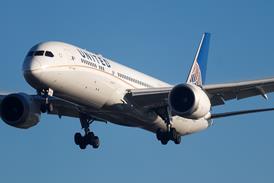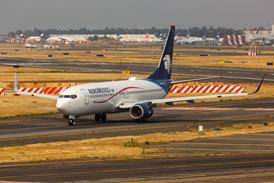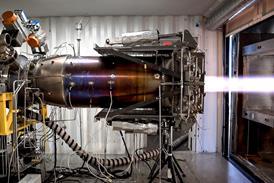Lockheed Martin’s F-35 has become the air force centrepiece for a growing number of Western nations. The interoperability of the aircraft’s operations and sustainment systems is recognised as a force multiplier in the delivery of combat air power, whether deployed to blunt Russian aggression in Europe or challenge China’s rise to dominance in the Indo-Pacific region.
The decision to operate the aircraft is driven in large measure by the requirement for a fighter that can evolve over an expected four-decade lifecycle, during which it will be developed and upgraded, enabling it to maintain superiority over Russian and Chinese rivals.
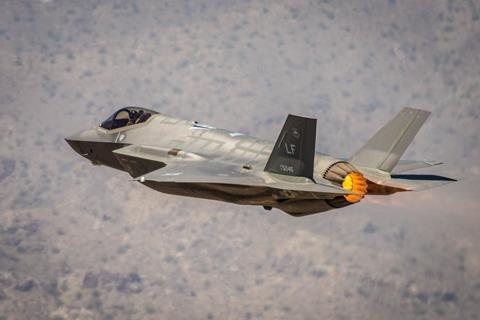
While the aircraft’s stealth, sensor and strike abilities are well known, its technical interoperability is a crucial factor in delivering consistent frontline capability, which strengthens US-led global alliances.
This interoperability is more than allies co-ordinating and communicating effort; it is integration at the level of the operating platform. This capability was seamlessly demonstrated by the inclusion of a US Marine Corps (USMC) F-35B squadron in the air wing of the Royal Navy aircraft carrier HMS Queen Elizabeth.
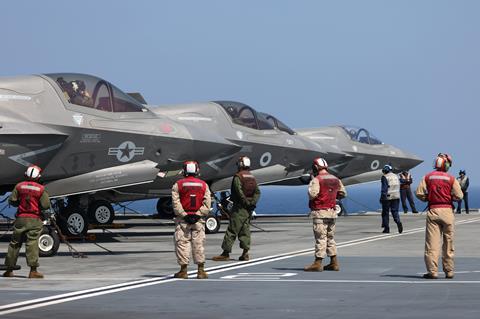
This level of integration offers decisive combat flexibility and has energised the fifth-generation modernisation of European and other allied air forces – and is widely seen as a major contribution to Western security and deterrence.
Against this success, a US decision to begin serious consideration of retrofitting the F-35 fleet via the Adaptive Engine Technology Programme (AETP) may raise eyebrows in the defence ministries of the many allies and prospective operators of the aircraft.
Consideration of an AETP retrofit appears to be a unilateral one, driven by the needs of the type’s single largest operator: the US Air Force.
The current F135 propulsion system supplied by Pratt & Whitney is at the heart of F-35 performance capabilities. Shifting the programme in the direction of AETP – an effort originally conceived to support development of sixth-generation fighter capability – may leave partners and allies wondering where the considerable technical and financial risk may eventually fall.
FORCED CHANGE?
These concerns are made sharper by the rapid timeframe for such a retrofit envisaged by the US Congress, with key influencers there suggesting the fleet could gain a new propulsion system by the end of 2027.
Whether allies will be forced to accept AETP to maintain interoperability or will need to diverge by running on the current propulsion system – with its consequences on supply chain, sustainment and interoperability – remains to be seen.
An AETP retrofit could be particularly bad news for the UK – the programme’s only Level 1 partner – and Japan, which is the largest overseas purchaser of the F-35. The lack of design compatibility with the short take-off and vertical landing B-model operated by both countries will have a major impact – as it will on the USMC.
The retrofit proposal is not a done deal, however. P&W’s proposed F135 upgrade goes a long way to achieving the necessary operational capability, and opponents question the need for the effort and resources required to overcome the technical challenges of changing the combat aircraft’s propulsion system.
A decision from Congress is expected in early 2023. In the meantime, the effects of this proposal on the coalition of F-35 partners and operators will begin to bubble to the surface, as nations evaluate the impact on their own militaries and supporting industries.
If international concern is raised, US lawmakers would do well to listen. The pursuit of propulsion perfection should not be at the expense of the allied interoperability which the F-35 programme promised. The aircraft is already being delivered with deployed operational capability and represents a unique step change in international defence co-operation.
James Maclaren is a freelance journalist and writer specialising in defence and security, and a former UK military officer, based in London.

